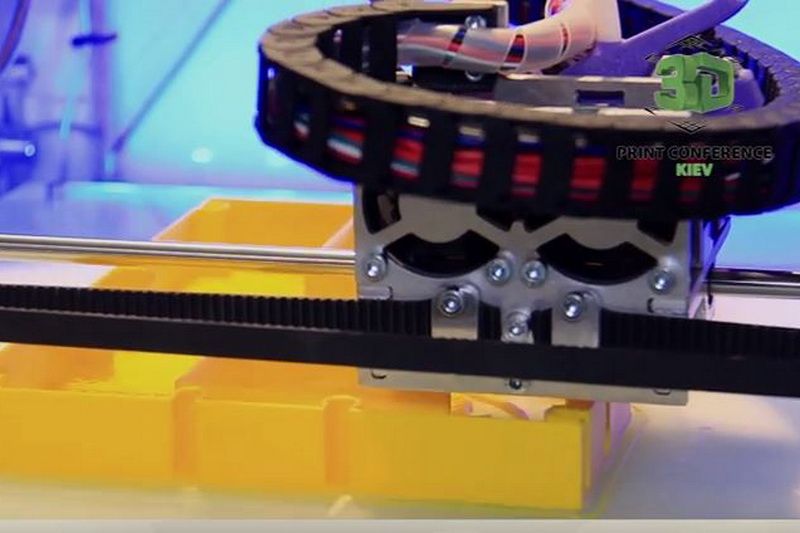You simply love what you do
Technical translations vary greately. User guides and technical specifications demand, above all, knowledge of terminology and consistency.
Marketing texts, news, and press publications add style and engagement to the demands backed by thorough understanding of technologies and trends.
Some translators told me they found technical translations too boring. However, I think they have been overlooking some of the daily enjoyments in my specialisation. My work is far from dull.
The most interesting aspect for me is the continuing convergence of technologies and industries. If earlier I worked with three different (although close) fields — graphic arts, IT, and marketing — now they have very much in common.
When I was making my first steps translating materials about printing and publishing back in 1998, a prepress company where I worked used analogue technologies mostly. Now, former printers are turning into communication solutions providers offering digital assets management and marketing campaigns support.
In my new ‘Hi Tech’ category I am going to write about most interesting cases known to me, which combine printing, digital technologies and marketing.
The next page in design
Wencia Luxury Group signed a contract with IQDEMY, DPS Innovations and Caldera on the joint manufacturing of high-tech equipment for printing on any surface for their legendary Swiss watch.
Led by a descendant from an old jeweler’s dynasty, the company tends to preserve and expand traditions of crafting exquisite jewelry and watches of impeccable quality. The newest development will be used to reproduce images on watch bands and faces made of silver, gold, platinum and other precious metals.
Special inks for silver printing will help emphasise certain design elements by creating haptic relief images on the watch surface with unusual fluorescent effects.
The next page in brand communications
Sun Chemical has teamed up with T+ink to provide conductive ink solutions to make packages and objects communicate, engage customers and manage inventory systems.
T+ink was one of the first companies to commercialize true printed electronics across a variety of industries, including toys, packaging, promotional products. Its technologies are designed to replace buttons, switches, lights, speakers, microphones, antennas, and batteries with printed ink for touch and motion-activated products.
The partners are going to provide a fundamentally new way for brands to communicate. The conductive ink is already replacing RFID codes at a fraction of the cost. Moreover, it offers more security than QR codes.
The next page in journalism
Amazing Clickable Paper technology by Ricoh is an interactive print solution that bridges the online and offline worlds. It has the ability to provide immediate one-touch access to up to six different online resources such as video/multimedia, websites, e-commerce portals and social networks.
The solution is based on Ricoh Visual Search, an image recognition technology. Although the Clickable Paper logo can be printed on the page to inform the reader that the images are hot spots for more interaction, it doesn’t require visible marks of any kind on printed materials, so there is no need to design around a barcode or a QR code, which that many of us (including me) dislike.
One of the pilots was a 4,000 run of a 274-page book enabling readers to watch a video about fishing. The technology was also used in an advert for a theatre in a monthly town magazine to encourage readers to order theatre tickets online.



